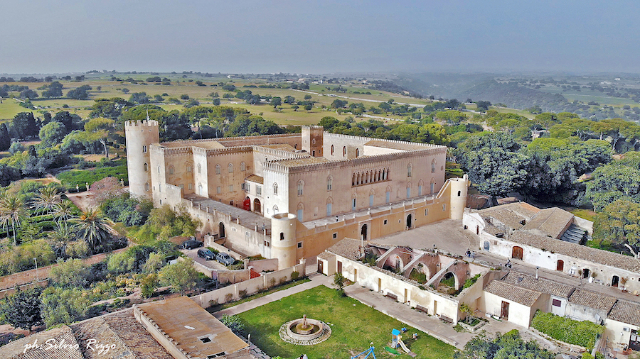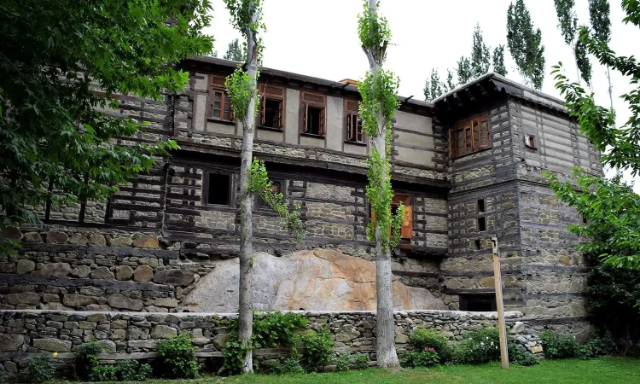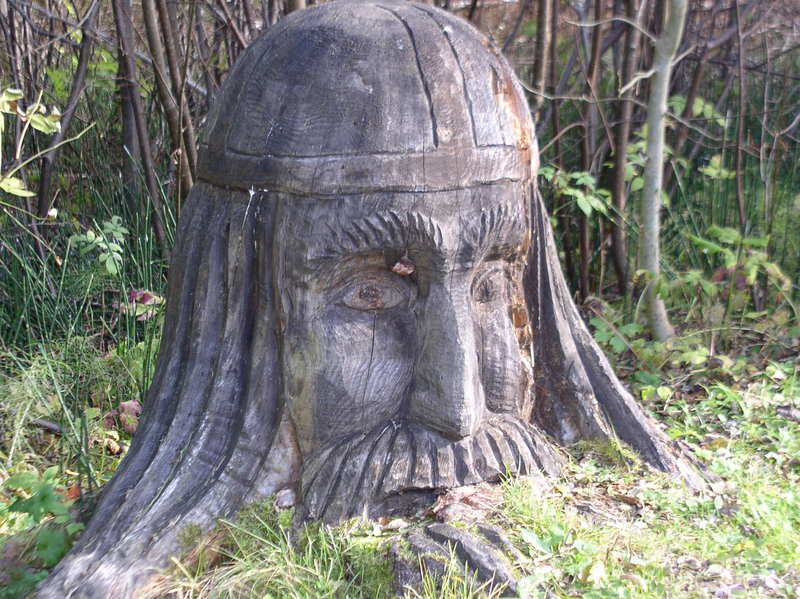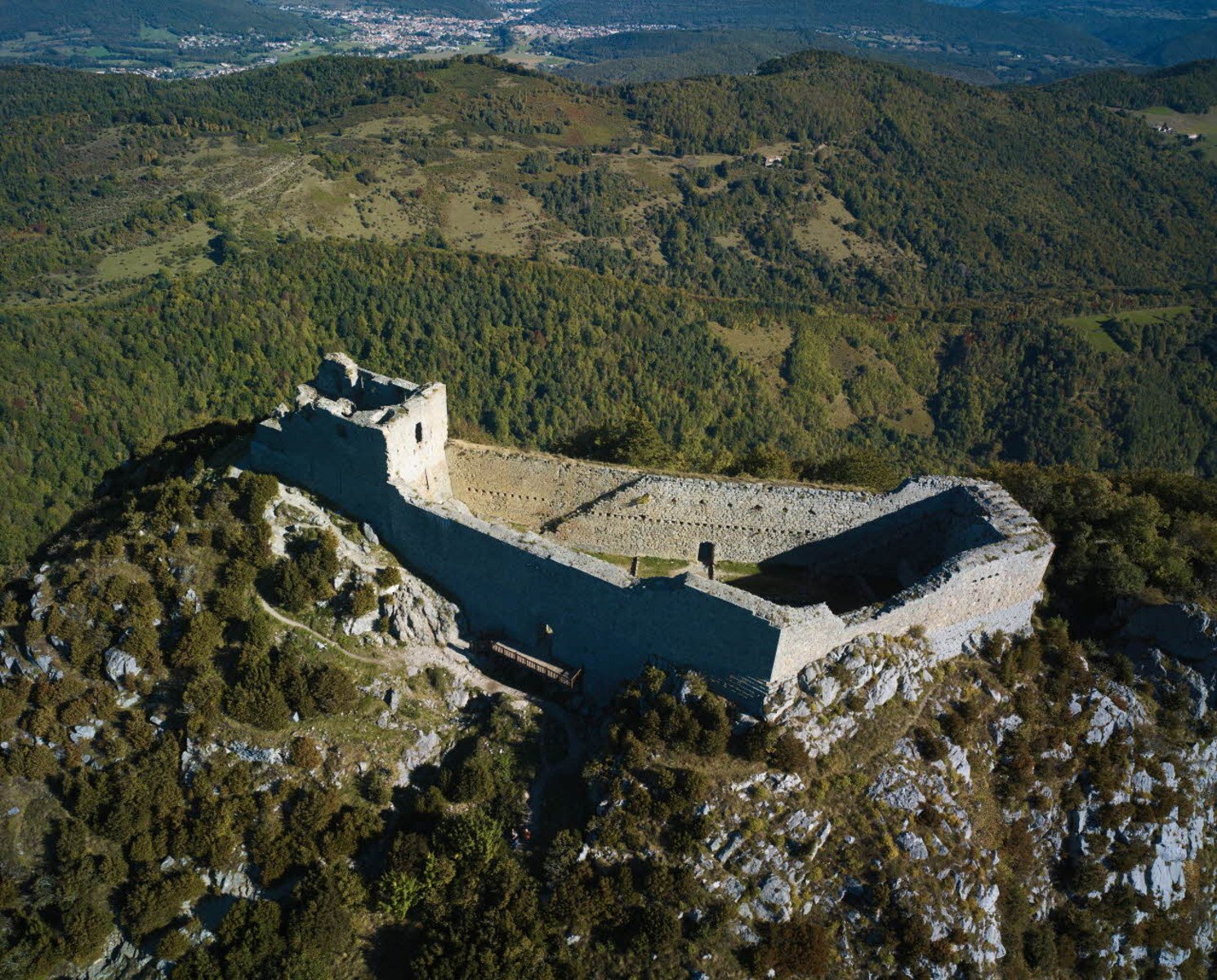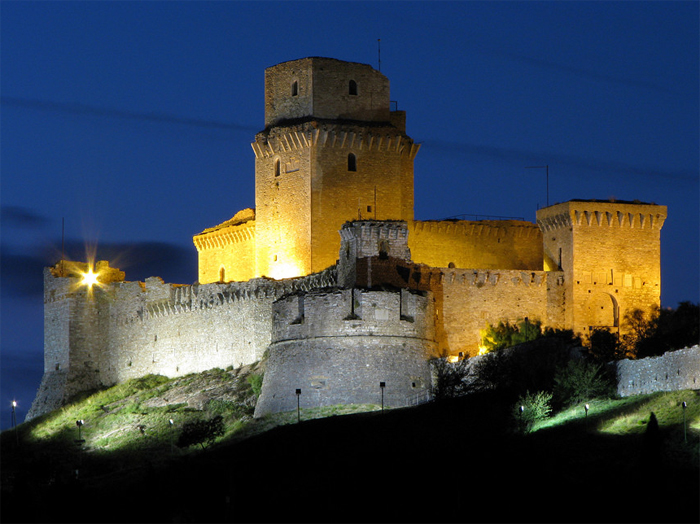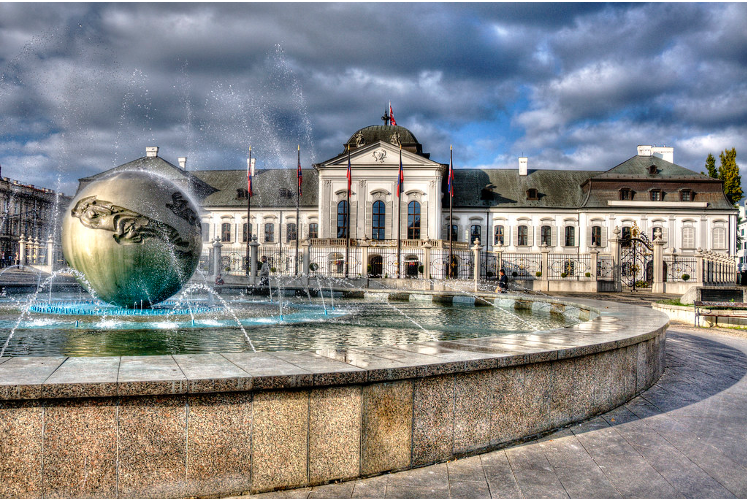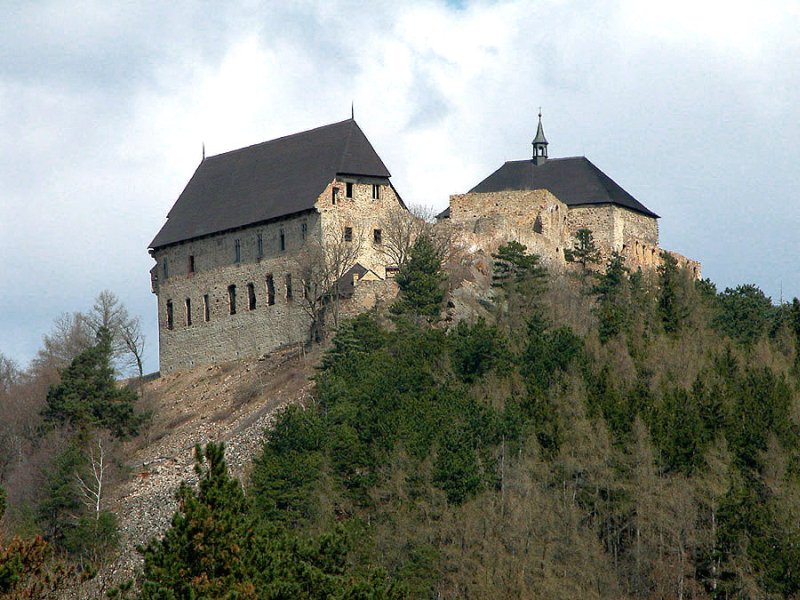The castle of Donnafugata was probably named after the Arabic "Ayn as Jafat" (fountain of health), which was later changed to "Ronnafuata" in the dialect form and later italianized to Donnafugata.The earliest documented evidence of the castle dates back to 1648, when it was purchased by Baron Vincenzo Arezzo and converted into a fortified farmhouse. Over time, the building underwent several modifications, and its current appearance is due to the descendant Corrado Arezzo, who transformed it into a neo-Gothic castle in the 1800s. In 1982, the structure was purchased by the municipality of Ragusa, which restored it and made it accessible to the public.The three-story castle occupies an area of about 2,500 square meters and has more than 120 rooms, about 20 of which can be visited by visitors. Each room is decorated in a different style and contains original furniture, allowing visitors to take a journey into the past in the atmosphere of the Sicilian Leopard. Deserving special mention are the music room with trompe-l’œil paintings, the great hall of coats of arms with the coats of arms of Sicilian noble families and two ancient suits of armor, the hall of mirrors decorated with stucco work, and the picture gallery with neoclassical paintings from the school of Luca Giordano. Also noteworthy is the bishop’s apartment, reserved exclusively for the high prelate (a member of the Arezzo family in the 18th century) and furnished with splendid Boulle furniture.Inside the castle it is also possible to visit the Costume Gallery, where the "Gabriele Arezzo di Trifiletti Collection," considered one of the largest, richest and most sought-after collections of antique clothing and accessories, is kept. Unique in its kind and a precious testimony to Sicilian aristocratic society in its heyday, the collection was acquired by the city of Ragusa in 2015. In addition to the dress that inspired Angelica’s in The Leopard, the collection includes other dresses that belonged to great figures in history and art such as Vincenzo Bellini, Countess Miramon, Michele Amari, Pinto, and others. To ensure the preservation of the costumes, the collection is displayed on a rotating basis.The castle is surrounded by a large 8-hectare park with lush vegetation and original structures. Inside the park, it is possible to visit various attractions built to combat boredom while staying in the castle, such as a circular temple, the Coffee House, some artificial caves with fake stalactites, and a stone labyrinth built with the typical drystone masonry of the Ragusa area. To surprise guests, Baron Corrado Arezzo also had some tricks built, such as a sprinkler placed on a chair that would be activated when one sat on it, or an automaton dressed as a monk inside a fake chapel that would suddenly embrace those who placed their foot on the second step of the entrance.Donnafugata Castle has been used as a set for a number of films, such as "The Viceroys" and "The Tale of Tales," and for several scenes in the Commissario Montalbano series.In conclusion, the Castle of Donnafugata represents a fascinating historical and artistic place that offers visitors the opportunity to immerse themselves in the atmosphere of the Sicilian past, with its rooms decorated in different styles, the Costume Gallery with its valuable collection of antique clothes, and the charming surrounding park. A visit to Donnafugata Castle is an unforgettable experience for lovers of Sicilian history, art and culture.
